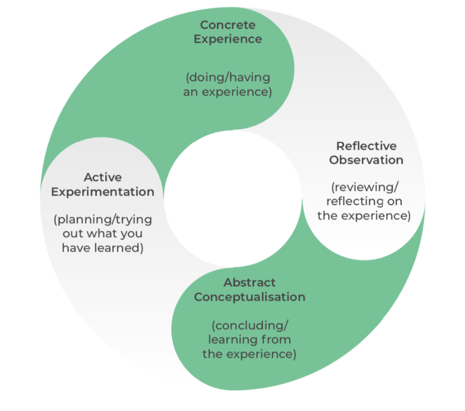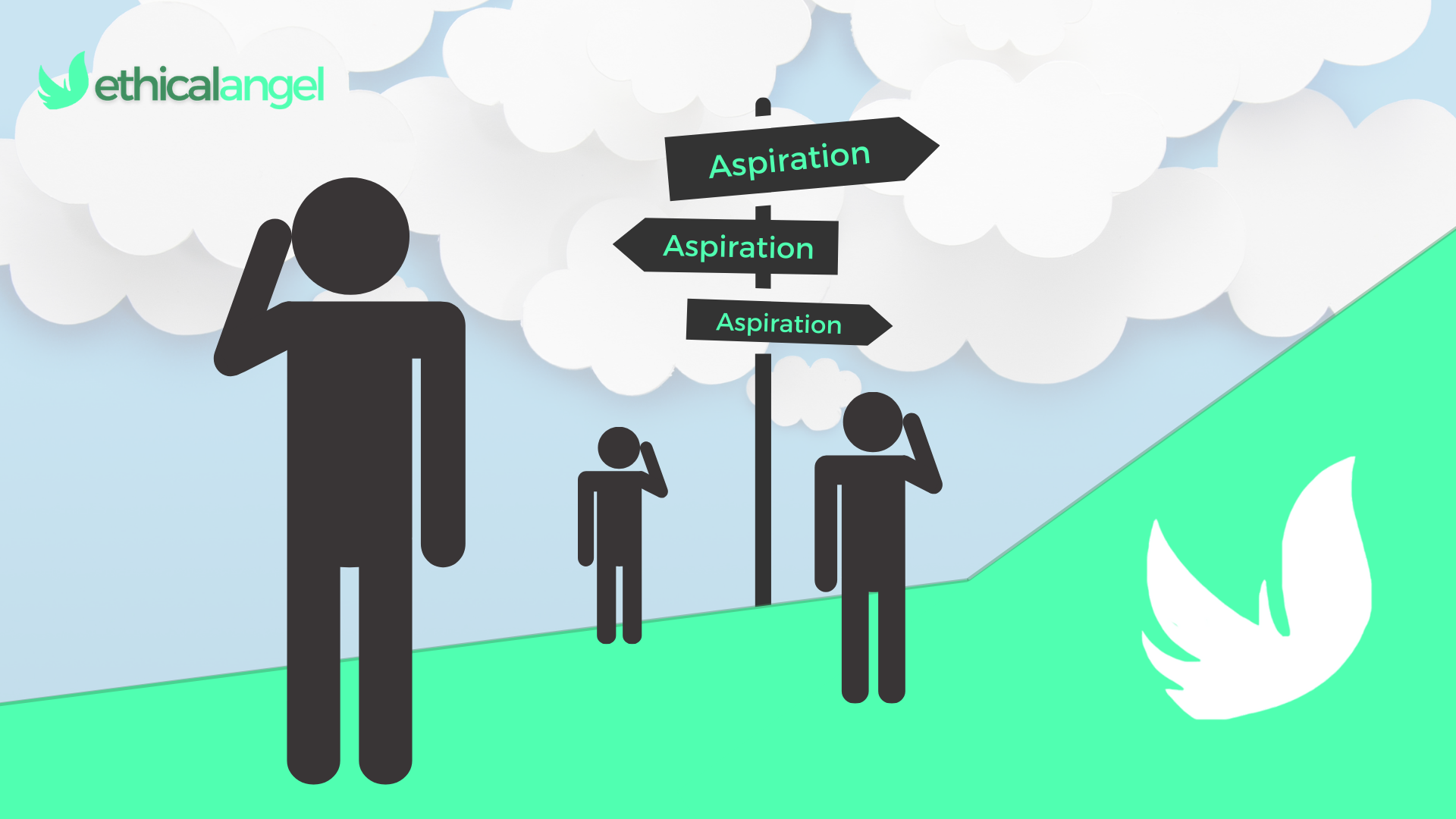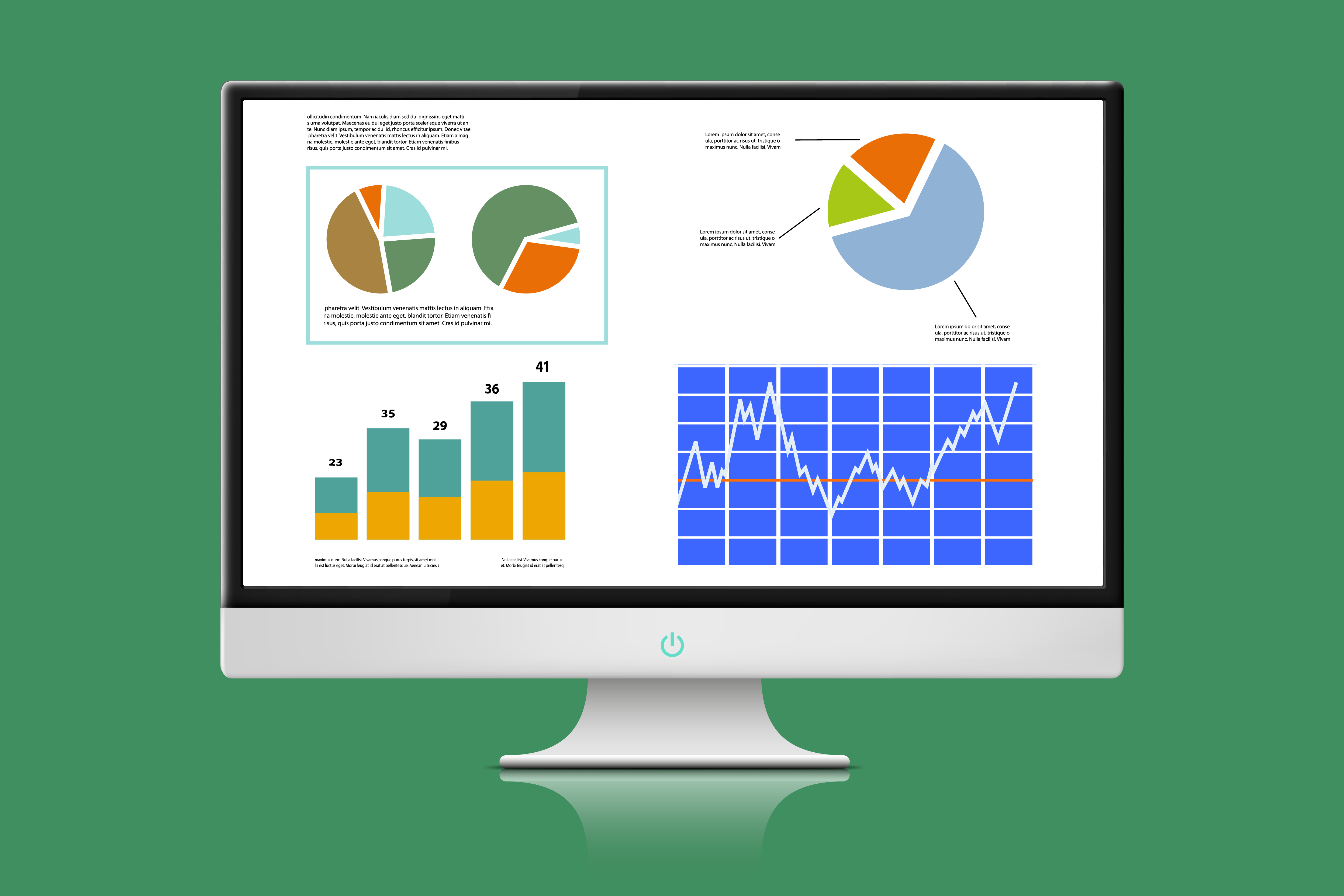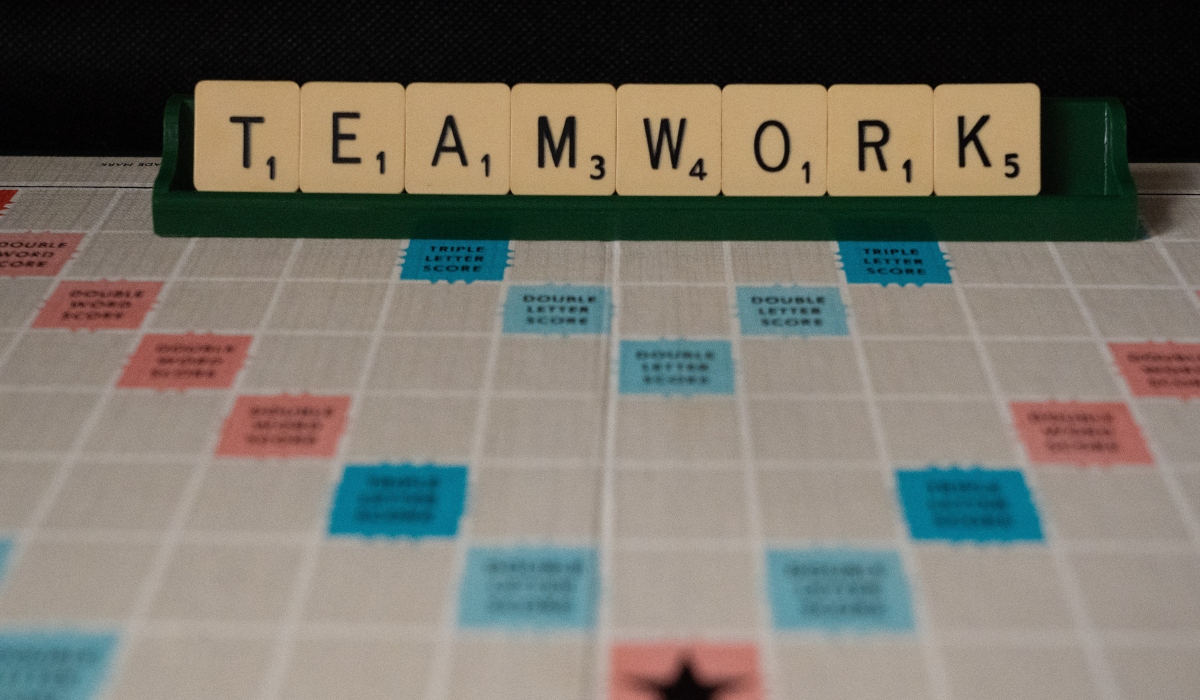When you were at school, you may remember that we were constantly told that the best way to learn was by doing… Of course, most of us didn’t take any notice of this advice and carried on with the “proven method” of getting our heads in books. And how wrong we were. A recent study found that when it comes to practising what is learned compared to just studying written material, retention of information more than doubles with practice, from 29% to 68%.
The lesson here. Learning by doing trumps learning by theory.
Experiential learning can be defined as an 'engaged learning process'. Employees learn by doing, alongside reflecting on their experiences. This leads to an intellectual, creative and practical learning and development strategy for your employees.
Having previously looked at the importance of soft skills, and how to measure them, we’re now turning our attention to experiential learning, what it is and the pros and cons of it. Here at Ethical Angel, we truly believe that it is the best way to learn, and will allow you to get the most out of your employees’ precious learning and development time. That’s why we use it within our platform to deliver soft skills such as communication, leadership, and team management.
In this article, we explain exactly what it actually is, breaking it down into its 4 sections whilst explaining both the positives and negatives.
What's Experiential Learning?
On the face of it, experiential learning seems a complicated phrase yet in reality its simple… Learning through experience. Experiential learning gives people the opportunity to apply knowledge, self assess themselves, and finally receive constructive feedback in return. It can be applied in any learning situation from business logistics to sales. The method has been proven to be highly effective, most notably, within the area of soft skills. This is because it allows people to hone and develop interpersonal and leadership traits which simply cannot be picked up through traditional, theoretical learning methods.
The most popular model is the Kolb Model, named after Professor D. A Kolb. It was developed in 1984 and was built on the idea that learning is a constant cycle of four steps that, if followed, will lead to effective learning.
Kolb Learning Model

As you can see from the diagram above, there are four key stages to experiential learning within the Kolb Learning Model. It’s designed to be a continuous cycle of learning, where the learner improves their skills constantly from practical experience and subsequent reflection.
What Are the Stages of Experiential Learning?
Concrete Experience - The cycle of learning begins with the learner experiencing something new. This could range from negotiation to presenting a presentation. Whatever the outcome, you have solidified some ‘concrete experience’, within a particular area.
Reflection Observation - Secondly, comes Reflective Observation, which is an opportunity to reflect on the task undertaken. In this stage, you weigh up what went well alongside what could be improved upon. At Ethical Angel, we take this one step further utilising 360-degree feedback. This allows for a thorough reflection from all stakeholders such as managers, and clients.
Abstract Conceptualisation - This stage involves pulling all your reflections and observations together allowing you to holistically see how ideas learned previously, work in the real world. This then leads to a positive plan of action going forward made up of new ideas and modified past ideas.
Active Experimentation - The ‘final’ stage of the cycle is to act upon your reflections and apply what you have learnt in the process. It’s an opportunity to try new ideas, improving upon the last ‘Concrete Experience’. To use presenting as an example: you may have found that simply reading a script isn’t effective and subsequently, you could experiment with interacting with the audience instead.
As the cycle continues, the learner will have a new “concrete experience'' and the process will start all over again, with constant learning, constant reflection, and constant improvement. By learning in this practical manner you can expect to see higher retention of knowledge and natural refinement of soft skills.
The Pros and Cons of Experiential Learning
So, you understand the four key steps of experiential learning, but what are the pros and cons of Experiential Learning by David Kolb?
Benefits of Experiential Learning
It’s real-life - The benefits are clear. It's is immersive, it’s real, it takes your employees out of their comfort zone, away from theory and allows them to experiment. This isn’t a ‘team-building experience’, it’s real life. Learners have to problem-solve and apply themselves fully, which leads to demonstrable results.
Increased retention of knowledge - The knowledge retention rate from Experiential Learning is incredibly high, with one study finding that employees who learn through experiential learning retain as much as 90 percent of knowledge, compared to those who go through theoretical learning where retention can be as little as 5 percent.
More engaging - Theoretical learning can often be generic and, dare we say it, boring, which subsequently leads to poor engagement. On the contrary, learning practically through experience is stimulating and compelling. This leads to improved engagement allowing for your business to benefit from a more effective learning and development programme.
Disadvantages of Experiential Learning
Scalability - For businesses, one of the largest drawbacks is scaling it. The ideal model should contain at least 70% applied experiences. The mammoth task of finding ‘continuous’ experiences for employees hasn’t been feasible for HR and L&D departments, and subsequently, learning has been sidelined.
However, businesses can now work with external companies to provide real-life projects at scale. At Ethical Angel, we do this by working with global charities, NGOs, and social enterprises, transforming their needs into beneficial projects for your employees.
Getting the right experiences - In addition to scalability issues, finding experiences that match each employee’s soft skills gaps is also a huge challenge for L&D. For example, if an employee wants to improve their communication skills, handpicking specific experiences for them whilst ensuring that it’s focused on the right skill, can be extremely challenging.
However, thanks to advancements in technology, it is now possible to match employees to projects based on the key skills that they need to develop. This means every single project is focused on filling those soft skills gaps, allowing companies to finally harness the great benefits that Experiential Learning provides.
Collecting feedback - One of the core parts of the experiential learning process is collecting feedback, it is necessary in providing learners with the feedback needed in order to reflect. However, the practicality of gathering feedback from all of the stakeholders can be extremely challenging.
However, our platform has feedback built-in. It combines the learners self-report with stakeholder feedback to allow for greater reflection and consequently greater improvement and development in the long run.
Combining Experiential Learning with Purpose to Drive Engagement and Impact
Regardless of the learning method you choose to use to develop your employees, we all know the biggest barrier to learning is engagement. No matter how strong your L&D programme, if employees don’t engage they simply won’t learn.
At Ethical Angel, we overcome this challenge by delivering learning with purpose. A recent study showed that 88% of employees want their business to deliver purpose in the form of meaningful experiences and CSR. Subsequently, to increase engagement and effectiveness, purpose must be at the forefront of any learning and development programme. We do this by transforming the needs of global charities, NGOs and social enterprises into projects, ranging from social media advice to CEO mentorship. Employees can subsequently utilise these real-life purposeful experiences to improve and hone key skills, whilst transforming their learning and development time into an engine for good, furthering engagement and satisfaction.
To Conclude
Experiential Learning is the future.
It goes against the grain of traditional learning, but if done correctly can lead to amazing results. It stretches employees in ways that theoretical or workshop-based learning simply cannot, and gives employees a chance to build their soft skills.
The businesses that go against the grain, rise to the top.
If you would like to know more about Experiential Learning and how it can be implemented quickly and easily within your business check out our free white paper: Driving Learning and Development Through Experiential Learning


